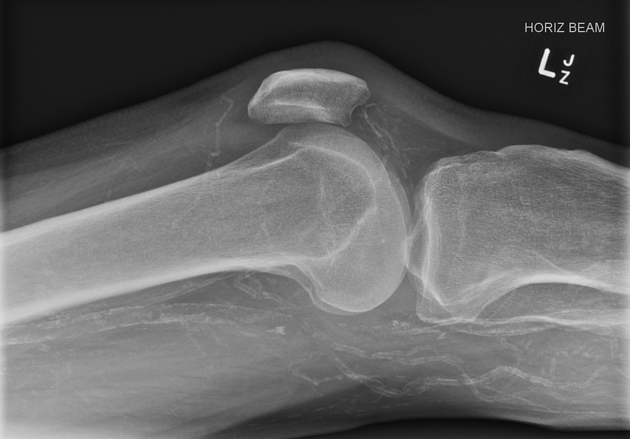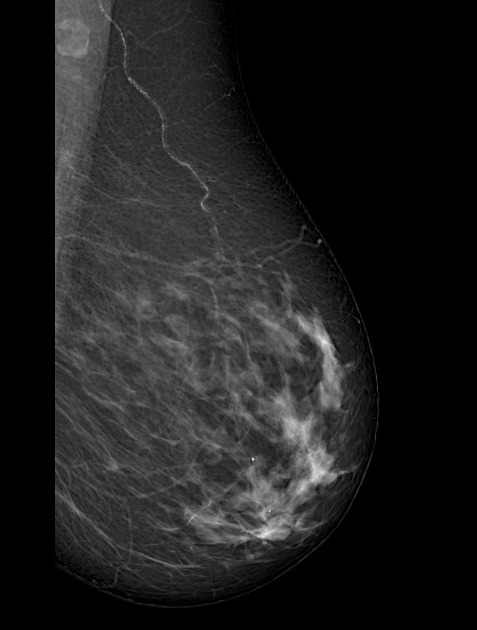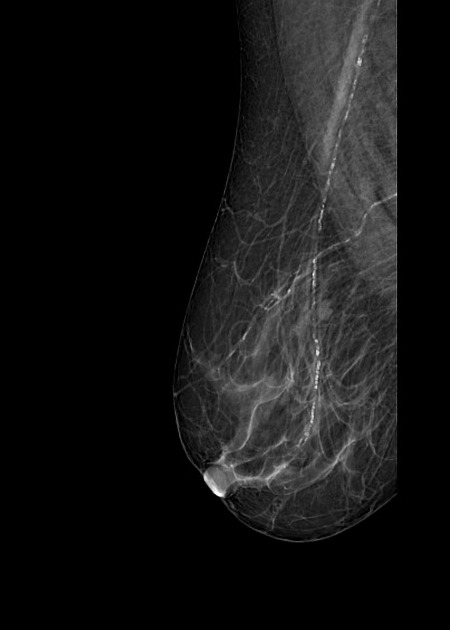Mönckeberg medial calcific sclerosis, also known as Mönckeberg medial sclerosis (MMS) is an acquired disease characterized by calcific deposits within the medial layer of medium and small muscular arteries that do not cause luminal narrowing. Mönckeberg medial calcific sclerosis increases vessel stiffness and causes a loss of elasticity; it is a subtype of arteriosclerosis.
On this page:
Diagnosis
It can be diagnosed clinically with an ankle-brachial index of >1.3.
Pathology
The exact pathogenesis of Mönckeberg medial calcific sclerosis is unknown, but it is more common with advancing age, diabetes mellitus, and chronic renal disease.
Radiographic features
Plain radiograph / CT
Plain radiographs and CT typically show concentric calcifications.
The calcification is typically diffuse and circumferential along the vessel and is readily visible on plain radiographs.
Vascular calcification in the breast on mammography is of this type.
Ultrasound
Ultrasound may demonstrate hyperechoic vessel walls due to calcification.










 Unable to process the form. Check for errors and try again.
Unable to process the form. Check for errors and try again.